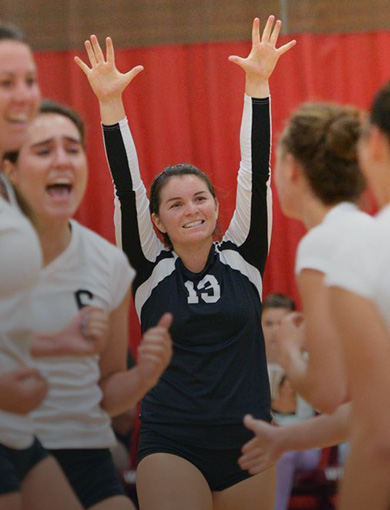Achilles Tendon Rupture (ATR)
The Achilles tendon connects the calf muscles to the heel bone which allows us to walk, run and jump, stand and climb. The Achilles tendon is the strongest, largest and most commonly ruptured tendon in the body. This tendon allows you to point your toes downward, rise up on your toes and push off when walking.
A rupture is a significant injury and the likelihood of a good recovery is associated with early diagnosis and treatment, and early active rehabilitation.
The Achilles tendon is frequently injured in the young to middle aged active population (ages 37-44); and is increasing due to a more active older population. An acute rupture commonly occurs in healthy, active, men aged 30 and older. The injury can be debilitating.
An ATR can occur from stepping into a hole or falling from a height; however, it is a frequent sports injury. Any activity where you need to quickly speed up, slow down or pivot puts you at risk for an ATR. Any sport that involves abrupt, repetitive jumping and sprinting including basketball, baseball, softball, volleyball, and football, and well as tennis, dance, and gymnastics increases the risk of an ATR.
Most athletes who suffer with an ATR were participating in recreational sports at the time of injury, and desire to return to the same level of activity. Mean time to return to play is about 6 months. However, an acute tear in a professional athlete can end a career.
Other risk factors include wearing high heels, having flat feet, obesity, tight leg muscles and tendons, and taking medications glucocorticoids such as prednisone, steroid injections in teh ankle joint, and at type of antibiotics called fluoroquinolones like Cipro.
- Swelling and bruising on leg or foot near the heel.
- Immediate pain that dissipates and leaves a limp.
- The inability to bend the foot downward.
- A snapping, cracking or popping sound and a sharp pain in the back of the leg or ankle.
- Difficulty standing on your toes and walking, but you may be able to move the ankle up and down.
- A feeling of having been hit in the calf or back of the ankle.
Most Achilles ruptures can be diagnosed with a history and physical exam. During the physical exam your surgeon may be able to feel a gap in the tendon.
While an MRI may be recommended, studies report that it is only of value when the physical exam is inconclusive or the extent of the damage is uncertain, because ordering an MRI may delay treatment. Your OANC orthopedist may recommend an ultrasound to evaluate the size of the rupture.
The tear or rupture may be partial or full. At OANC, our clinicians are very astute and can accurately diagnose an Achilles tendon rupture by physical exam alone, using specific tests.
A partial tear means some the tendon is still functional. A full tear means the tendon is torn completely and the two pieces do not attach to each other.
Contact Orthopedic Associate of Northern California in Chico, CA. To receive a one-on-one consultation from the comfort of your home or office, go to our website www.oanc.org to schedule or call us.





